We independently evaluate all recommended products and services. If you click on links we provide, we may receive compensation.
Untangling the standards and practices of bronzer and contour products deserves its own certification: Some bronzers can be used to contour the face and body (provided they have a matte finish and deeper tone to create shadow), but next to no contouring products can be used as bronzers. Most contour products — but not all — are cool-toned (even those geared for warm-toned skin), while bronzers frequently wield cool, neutral, or warm undertones. Confused yet? You're not alone: After all, many people throw the terms “contour” and “bronzer” around interchangeably, even though the two products are made to provide distinctly different benefits.
To drill down on what differentiates a contour from a bronzer, and when and how should we use each product, we consulted makeup artist and Jamie Makeup founder Jamie Greenberg ( who works with Kaley Cuoco and Rashida Jones) and Chanel Beauty makeup artist Tasha Reiko Brown (whose clients include Gabrielle Union and Alicia Keys), for their tips on all things related to contour and bronzer. Among the chief advice offered by Reiko Brown is a caveat that proves just how fickle the practices of shadow and light really are: “All the so-called ‘rules’ in makeup are really just guidelines, not hard follows,” she says. With that in mind, find everything you need to simulate dimension and glow, ahead.
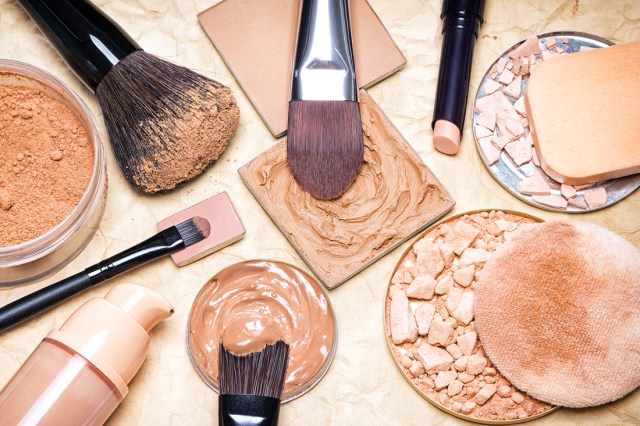
What Is the Difference Between Contour and Bronzer?
Both contour and bronzer products are commonly made in liquid, cream, gel-cream, and powder formulations, but where they differ is in their tone and functions. Contour products tend to be cool-toned complexion sculptors, designed to shape and define the angles of our face (or body). A contour product adds dimension to the recesses of your face, such as the hollows of the cheeks. Bronzer, on the other hand, is a complexion-warming product designed to mimic a healthy glow, like a direct-from-the-sun tan might (without the threat of skin cancer, that is).
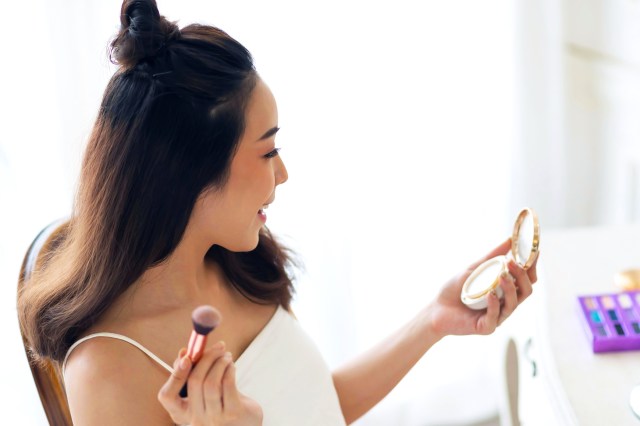
How To Find the Right Contour Product for You
To select a contour or bronzer product best suited for your skin tone and type, Reiko Brown suggests focusing on a product’s texture and shade. Those with oily skin and/or more visible pores are likely to benefit from a powder-based product instead of liquid, liquid-gel, or cream formulas, which can emphasize pores and contribute to shine. Conversely, those with dry skin are likely to have better results with cream, liquid, or liquid-gel products, as they tend to be more emollient in nature and contain hydrating properties.
“This isn’t to say that someone with oily skin won’t find a cream-based product that they love, or vice versa,” Reiko Brown says. “The key is to find the right level of emollience for your skin, so play with different formulations to find what you best prefer. If you have dry skin, you need the texture of a product to have more slip to it; otherwise it will drag and skip when you try to apply it to the skin.”
Once you’ve honed in on your optimal texture, it’s time to choose the most flattering shade for the look you’re trying to achieve. Though most contour shades are cool-toned and matte (to create the shadow needed to define), finding the right degree of cool is essential for creating a natural-looking contour.
For example, those with warm-toned skin can achieve a natural look by sticking with contour shades that are subtly cool (so as not to appear gray) or warm. Similarly, those with fair skin can benefit from a light shade (such as taupe) that won’t strongly contrast with their natural skin tone and result in a stripy look, while those with deeper skin tones can reach for richer shades with a balance of blue and red undertones.
Some may choose to ditch cool-toned contour products altogether: Greenberg says she prefers to use warm-toned products on complementary complexions. Finally, while many prefer the slimming, chiseled look of contour, those with sharp cheekbones and slender noses may opt to skip use of this category of product altogether.
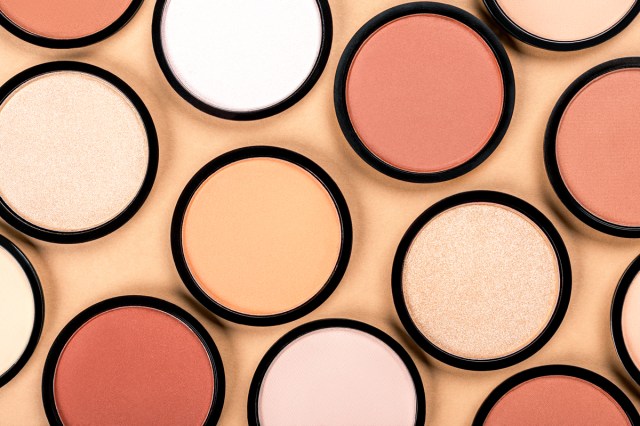
How To Find the Right Bronzer Product for You
Pretty much anyone can benefit from the warm, natural glow a bronzer can provide, especially during summer months. Finding a shade that looks natural on your skin tone largely hinges on selecting a shade that’s just a bit deeper than your skin color and in a tone that complements your skin’s undertone. Greenberg notes that many makeup companies make it easy to find a shade similar to your own by grouping a family of shades in light, medium, tan, dark, and deep categories. Additionally, very fair skin types should look for subtle, sandy-colored bronzers, while those with deeper skin tones can typically skip reddish bronzer shades, as they tend to look most natural in hues such as deep apricot, tangerine, and papaya. What’s more, Greenberg notes that those with cool undertones should look for bronzers with blue undertones, whereas those with warm undertones may look best in orange and red-based bronzer shades.
After you land on a shade of bronzer that best warms your skin’s natural tone, it’s time to consider texture. Here, decisions are markedly more simple: “When it comes to selecting a matte, luminescent, or shimmery finish, any bronzer will work if you love it,” Reiko Brown says. “But my personal preference is to let natural light be my guide. So in the summer, I tend to use a bronzer with shimmer because it catches the light to make the face look alive. In the wintertime, when the atmosphere is cloudier and there’s not as much natural light available, wearing a matte bronzer feels more in step with the natural light source, and therefore, a more authentic way to extend the glow of summer.”
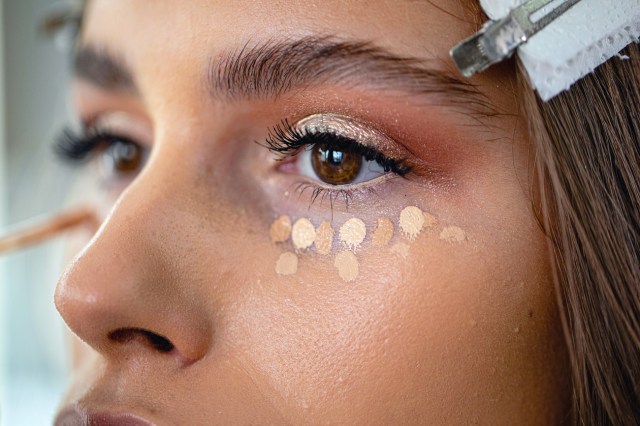
How To Use Bronzing and Contour Multitaskers
Remember Reiko Brown’s caveat about there being no hard rules in the bronzer and contour game? Here’s a prime example: Foundations, BB creams, blushes, and other complexion products can also be used as bronzers. And finding the right multitasker for your skin tone can be more nuanced than selecting, say, a foundation that’s a shade or two deeper than what you typically wear as base makeup.
As Reiko Brown notes, that may or may not work depending on how the product line’s shade range is extended. “Sometimes selecting a complexion product in a few shades deeper than you’d normally wear will work as a bronzer, provided the deeper shade contains the same warmth,” she says. “But many times, a tonal shift can occur in the product range and the deeper shade may shift in tonal grouping from neutral or warm to cool. You would then likely use that shade as a contour, but not as a bronzer because it won’t work to warm the complexion.”
She further notes that it may be easier to use a foundation or even a terracotta blush to perform as a bronzer than a contouring product. “Contour shades tend to be really specific,” she notes. “I can't think of that many products that have that much coolness in them, are matte, and possess the ability to shadow, outside of those specifically created as contour products.”
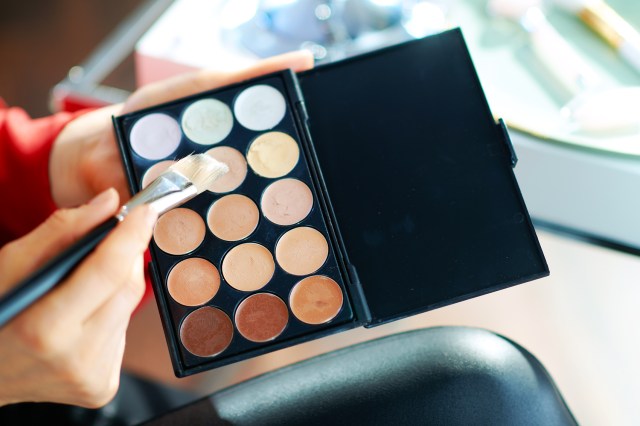
What Is the Best Way To Apply Contour?
Forget everything you’ve seen on YouTube about turning your face shape into one that resembles Angelina Jolie or Jacob Elordi. Radical makeup transformations using contouring products may work under ring lights, but such techniques tend to crumble in natural light. “It’s not possible to achieve those vast transformations and stay in the natural-looking space,” Reiko Brown says. “Watching drastic transformation tutorials online is fun, but as someone who has applied makeup to so many different faces, I can tell you that each structure is unique. Even if someone has a heart-shaped face or a round face, there are no universal rules for how to contour for those face shapes. So instead of carving out a whole new face shape with contour, enhance your own by really feeling where your bones are located and where your specific face shape protrudes and retracts.”
Reiko Brown suggests touching along the top of your cheekbone with your fingertips, even before you apply any contour product. Once you have a good sense of exactly where your cheekbones are positioned, then you can apply contour to the hollow space beneath. “Contour is meant to be a shadow to push in and sculpt,” Reiko Brown says. “So it’s best to run it under the cheekbone, down the sides of the nose, and along the temples.”
Greenberg suggests drawing a “3” shape on either side of your face as a simple guideline for natural-looking contour: Start at the hairline near the temple, moving down to below the cheekbone and inward about one-third of the way to the center of your face, then back out along the jawline before blending well.
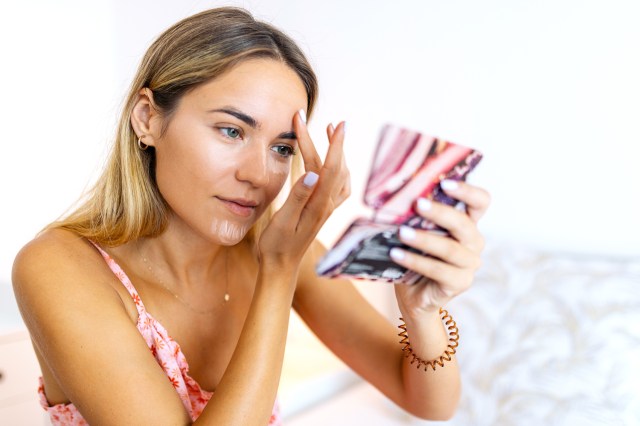
What Is the Best Way To Apply Bronzer?
Bronzer can be applied in an even layer throughout the face, neck, and décolleté for an all-over glow, or by tapping a bronzing product one shade darker than you natural skin tone along the high points of the face (across the bridge of the nose, and on the forehead, chin, and cheeks) for a warmth that looks sun-kissed.
Whether you're applying contour, bronzer, or any other makeup product over a base complexion product (such as foundation, tinted moisturizer, or CC cream), Greenberg suggests first setting the complexion product with a transparent powder and fluffy brush to prevent products from pilling.
Shop the Trend:
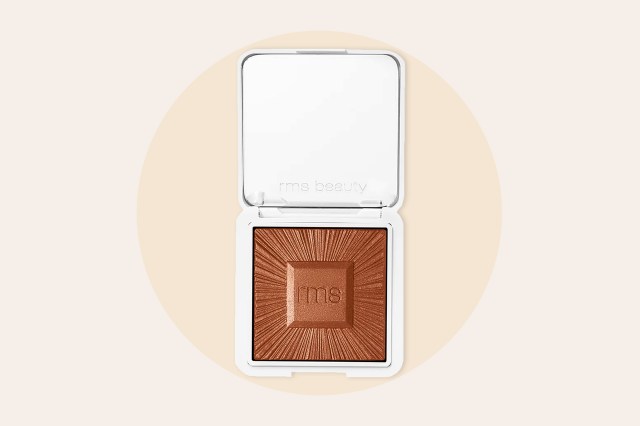
1. RMS Beauty ReDimension Hydra Bronzer
It’s hard to find a more elegant means to a luminous glow than with this innovative gel-to-powder bronzer. Apply the talc-free formula with a fluffy brush to the high points of the face and bridge of the nose for an in-the-sun effect that doesn’t sink into fine lines. Alternately, pick up some of the gel-powder with your fingers, mist your fingers with water, and sweep the product across your cheeks for a deeper, sun-drenched look. Either way, the result is a believable, buildable bronze that never looks streaky, orange, or chalky.
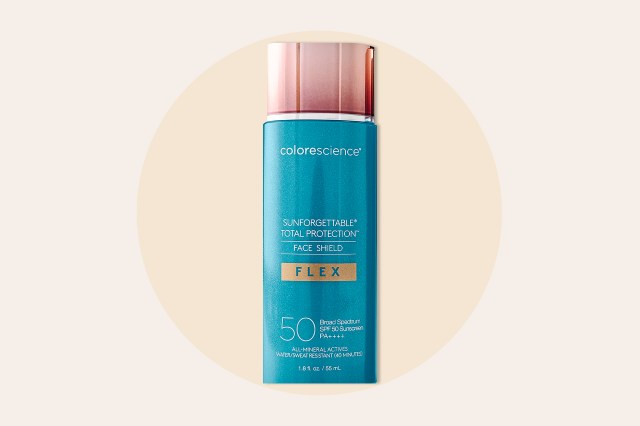
2. Colorescience Sunforgettable Total Protection Face Shield Flex SPF 50
If you're looking to warm up the complexion with an all-over bronze, try a multitasking bronzing sunscreen. Suited for all skin types and available in four shades, this award-winning formula packs everything you want in a vegan mineral skin protector (a potent percentage of zinc oxide, antioxidants, and skin hydrators, such as silver ear mushroom extract), plus encapsulated pigments that adjust to the skin's natural tone. Try a shade darker than your natural tone for a demi-matte bronzing effect that also fights free radicals and UVA and UVB rays. (Just don’t be thrown by the formula’s straight-from-the-bottle color: The white cream changes to a bronzing shade as it’s swept across the skin.) Those looking for a similar product with added sheen can try Sunforgettable Total Protection Body Shield Bronze SPF 50.
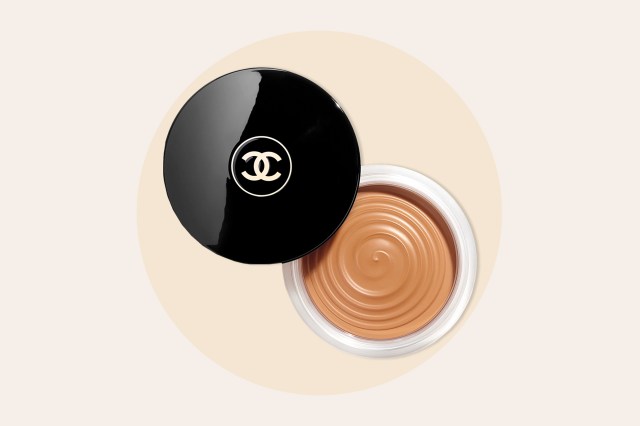
3. Chanel Les Beiges Healthy Glow Bronzing Cream
“This bronzing cream delivers the perfect amount of just-believable sun,” Reiko Brown says. “It has a gel mousse texture that melts into the skin and sets beautifully with no hard lines. Even though it comes in three shades, they work across a spectrum of skin tones, from fair to deep.”
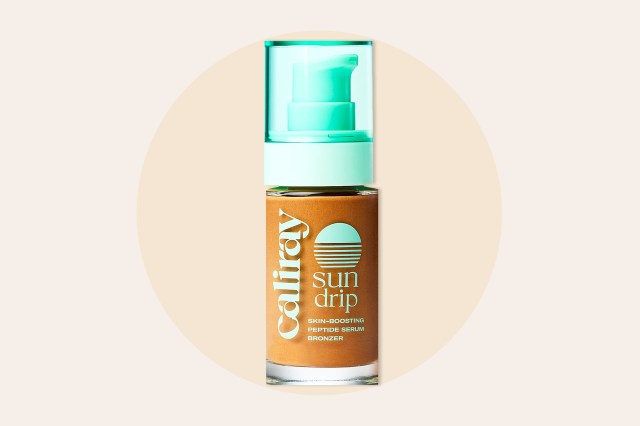
4. Caliray Sundrip Luminous Liquid Bronzer
Leave it to a couple of Southern California surfers to create a natural-looking glow in a bottle. Part firming peptide serum, part glow-getter, these bronzing drops deliver a sheer but buildable glow to the skin while also serving antioxidant CoQ10, hydrating hyaluronic acid, and soothing vitamin E. Add a few drops to a primer or moisturizer for an all-over glow, or swipe and blend to the high points of the face for streak-free bronzing.
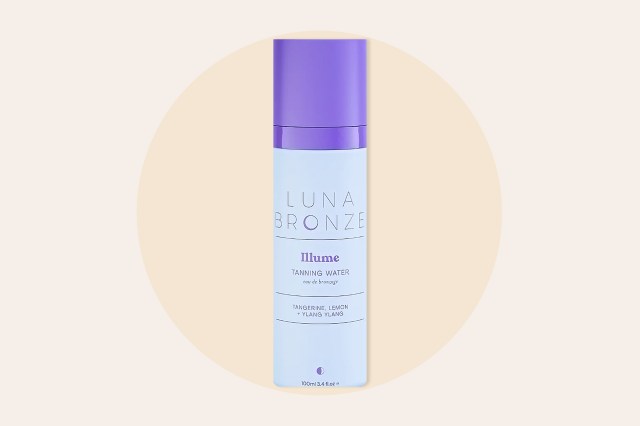
5. Luna Bronze Illume Tanning Water
Greenberg likes this tanning spray as a no-nonsense way to bronze the face with just a few flicks of a trigger finger. Apply to the face before serums, moisturizer, and sunscreen, or as a setting spray in a final step, then watch a natural-looking bronzing effect develop throughout the day.
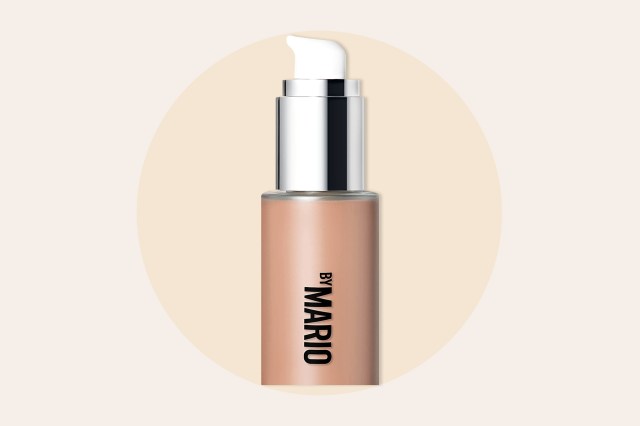
6. Makeup by Mario Bronzing & Shaping Serum
Not sure whether you want all-over bronzing or a more contoured look? Get yourself a complexion definer that does both. This buttery liquid-gel formula can be dispensed via a pump and applied all over the face, neck, and chest, or dotted on with the doe-foot wand to the high points of the face for a soft-focus glow that also packs moisturizing hyaluronic acid and calming vitamin E.
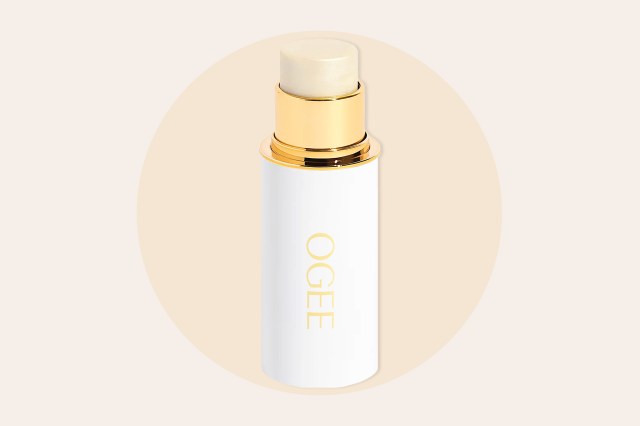
7. Ogee Sculpted Face Stick
Made with organic skin care ingredients (such as green coffee oil, sal tree resin, and tapioca powder to stimulate collagen, minimize the look of pores, and absorb excess oil), these complexion sticks include contour shades (Amber, Copper, and Obsidian) that make swipe-and-blend application both luxurious and easy.
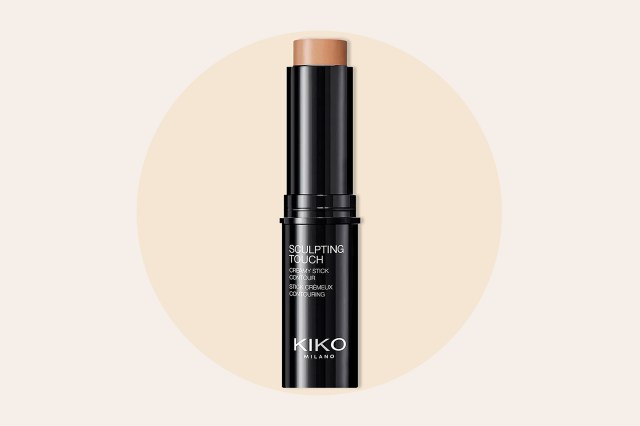
8. Kiko Milano Sculpting Touch Creamy Stick Contour
An excellent choice for those who want to give contouring a try without breaking the bank, this buttery contour stick glides on and blends quickly, thanks to moisturizing ingredients, such as African walnut oil, and fatty acids.
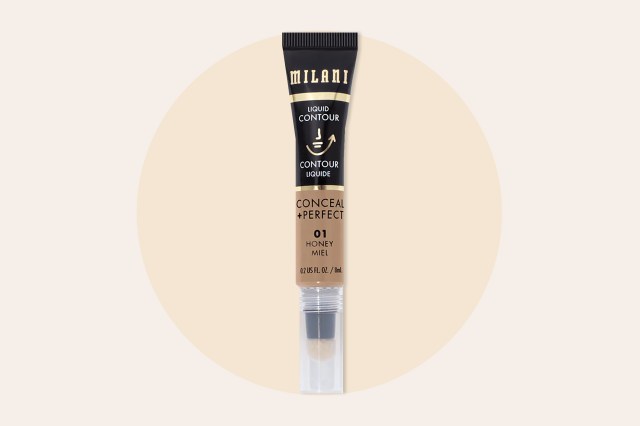
9. Milani Cosmetics Conceal + Perfect Liquid Contour
Milani Cosmetics consistently turns out affordable formulas that could be mistaken for prestige products — and this liquid contour is no different. The cushion applicator makes applying liquid contour a foolproof experience: The ultrasmooth formula is easily blended and quickly sets for a toned and lifted appearance.
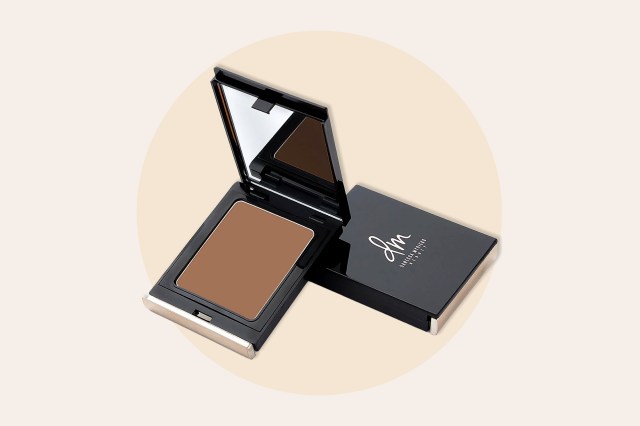
10. Danessa Myricks Balm Contour
This buildable contour balm is incredibly versatile: It can be applied with a sponge, fingers, or a brush; can be worn under or over foundation (for a more intense sculpt); and can even be paired with powder to define cheekbones, carve the jawline, and lift and sculpt the face.
This article is for general informational purposes only.
Affiliate Disclaimer Medical Disclaimer



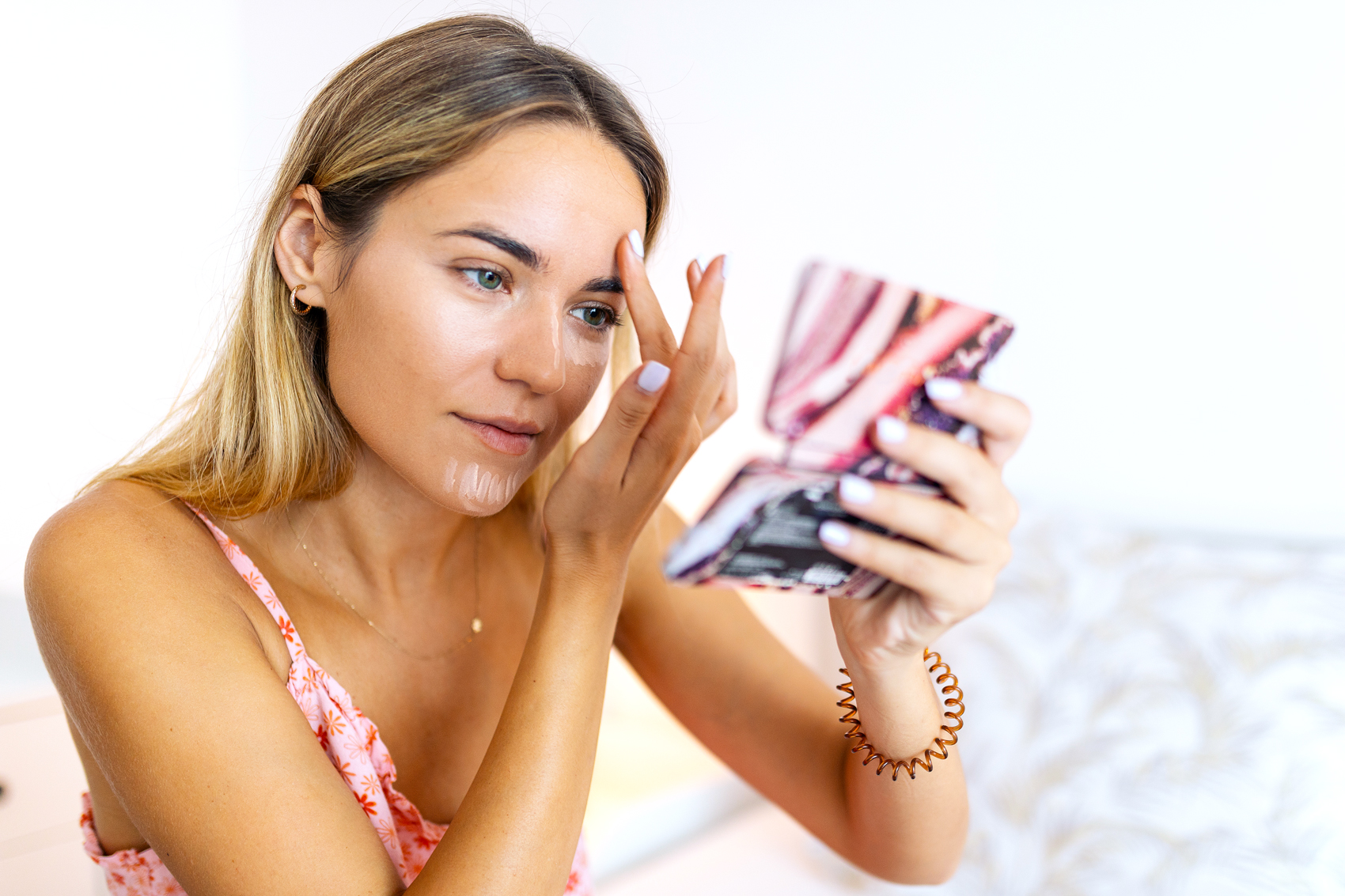


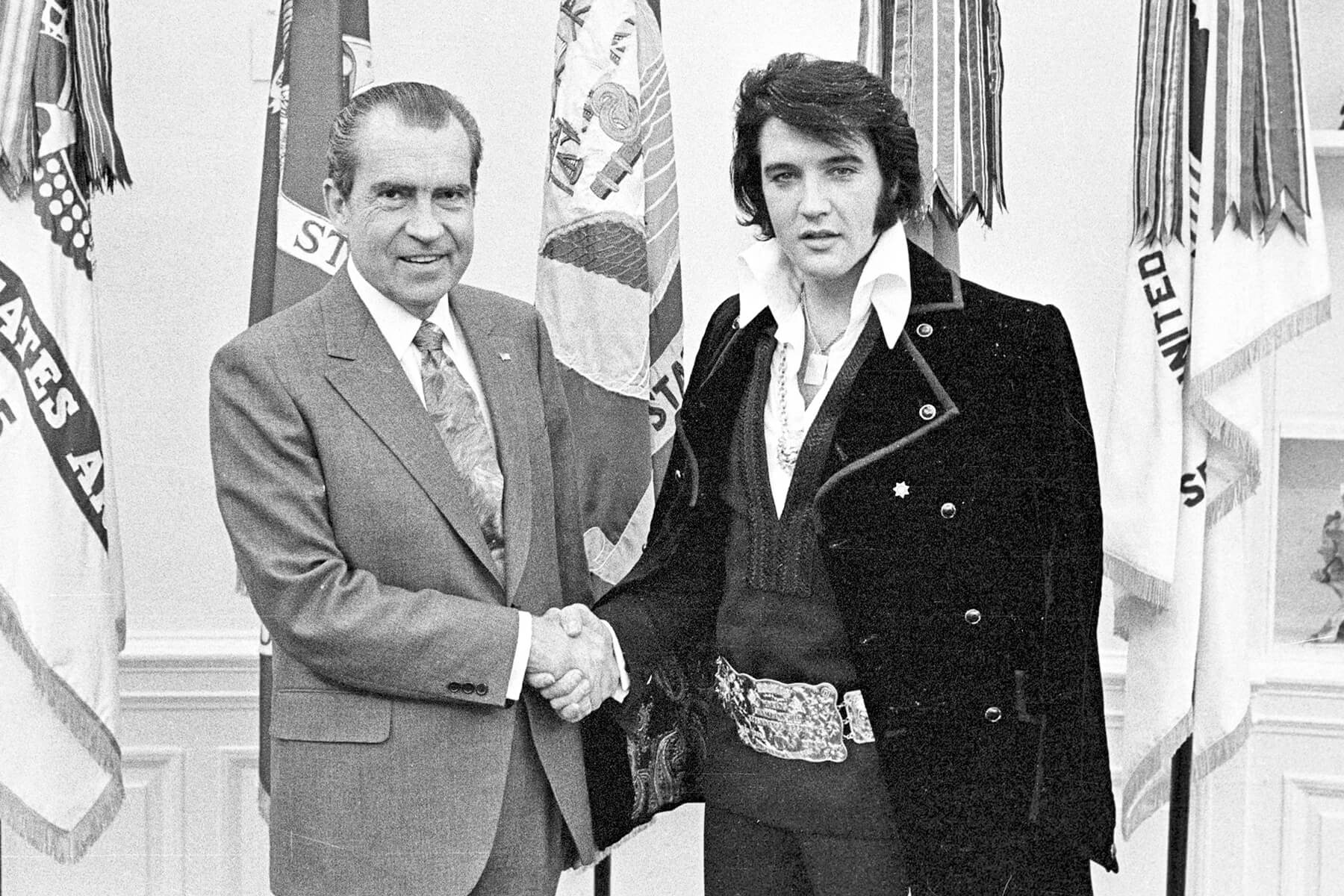
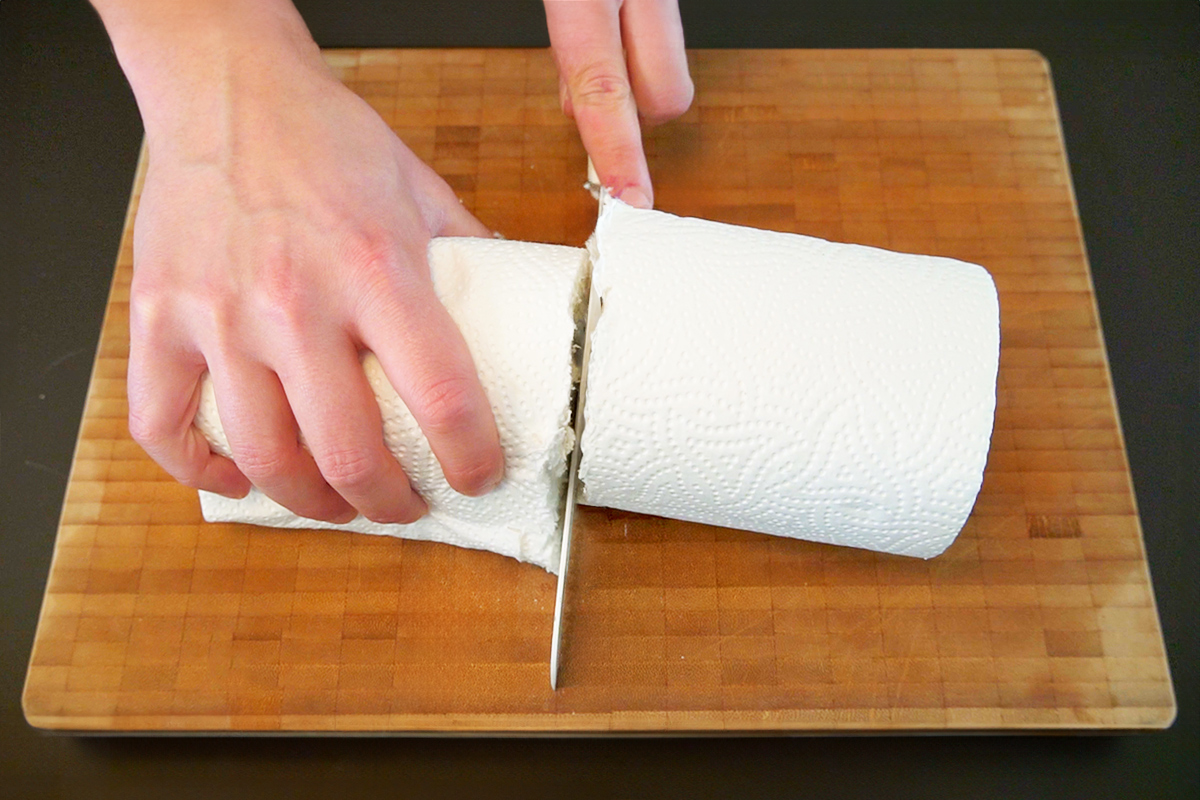
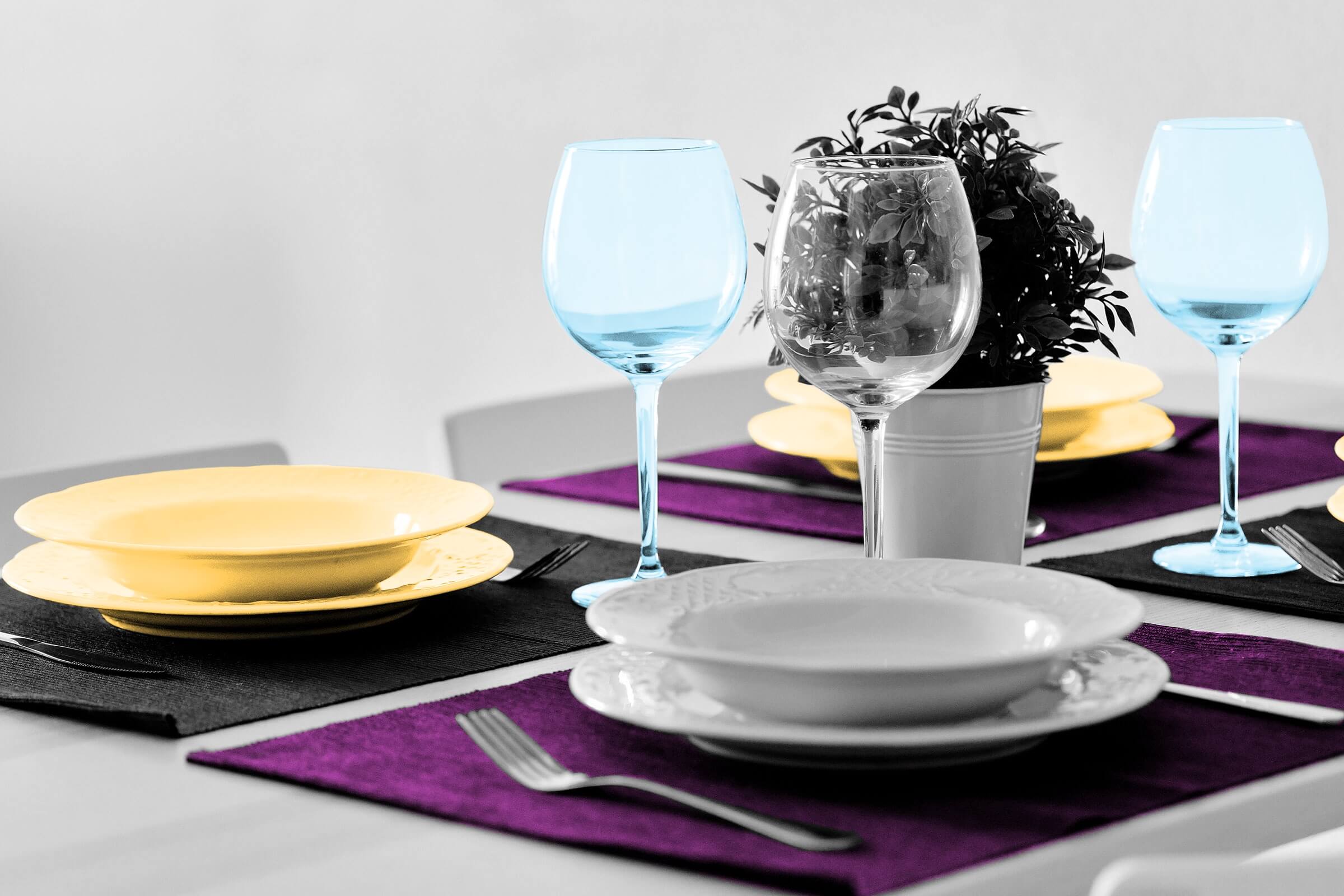

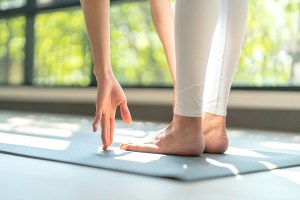
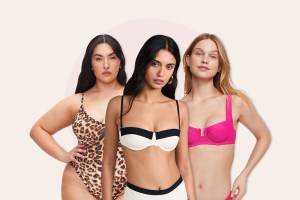

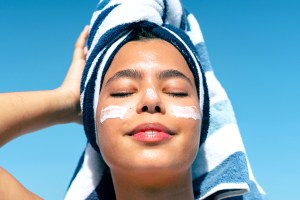


 Unique Beauty is free for all users.
Unique Beauty is free for all users.